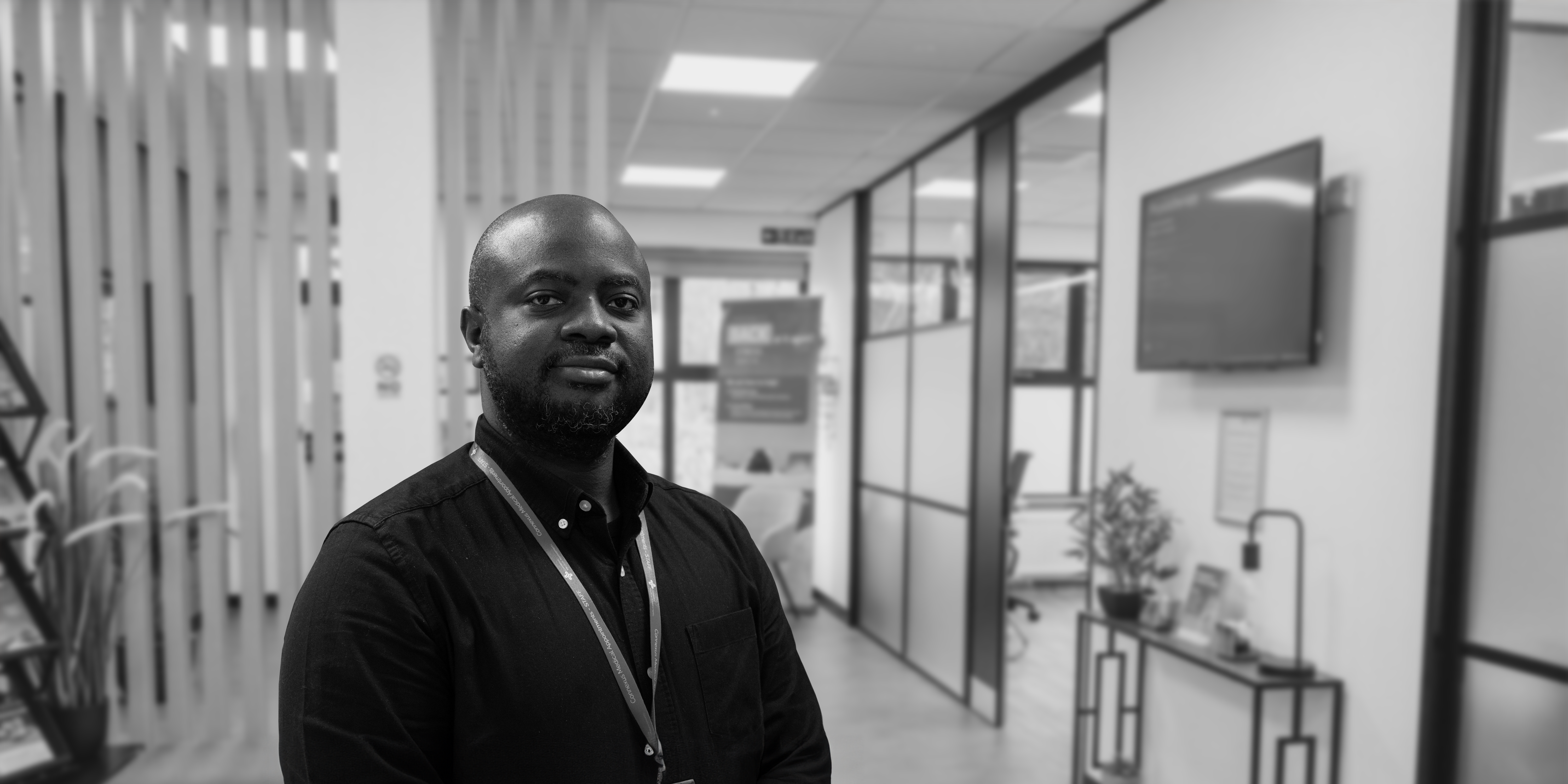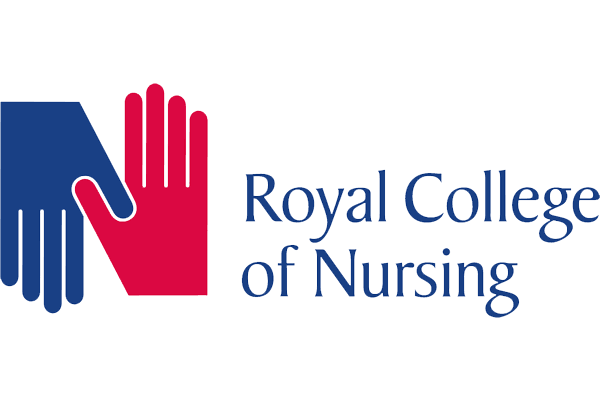At Connexus Health, we prioritise the assurance of your employees’ well-being. That’s why we’ve curated a Q&A session featuring our esteemed physician in Warrington, allowing you to familiarise yourself with the calibre of care provided at Connexus Health.
Meet Dr. Kevin Uzoma, an accomplished Occupational Physician and practicing Family Physician (GP) at our Warrington Clinic. Dr. Uzoma earned his MSc with distinction in Occupational Medicine from the University of Manchester in 2016. Additionally, he holds a diploma in Occupational Medicine from the Faculty of Occupational Medicine (FOM), complemented by various other qualifications in this specialised field.
Q1. Could you elaborate on your background in occupational health and explain how it has equipped you for this particular role?
A. My first role as an Occupational Health Physician (OHP) came in 2010 while I was in Nigeria. I mainly worked in the Nigerian Oil and Gas Sector, serving a number of onshore and offshore companies. I worked in Nigeria for about eight years, acquiring some health as well as safety qualifications including but not limited to a level three certificate in health and safety management from the British Safety Council, a master’s degree in occupational medicine (distinction) from the University of Manchester, and a diploma in Occupational Medicine from the Faculty of Occupational Medicine. Since being in the United Kingdom, I have acquired specialist qualifications in General Practice and worked as an occupational health physician for some time. My experience over these years allows me to employ a more holistic approach as an OHP, as I can assess and understand the needs of the employer and the employee while remaining independent in my decision-making.
Q2. In dealing with health promotion and preventive measures in the workplace, what is your approach?
A. In my opinion, for a health promotion campaign at work to be effective, there are a few principles that need to come together.
- Needs assessment: involving the employer, the employee, or their representative. This would involve multiple steps, including assessing the demographics of the workforce and understanding their health needs.
- Program development
- Employer Commitment
- Employee engagement
- Program implementation
Q3. What tactics would you employ for the management of occupational health risks and hazards?
A. Occupational risk and hazard management should be based on effective risk assessments and employing the hierarchy of controls as guided by the health and safety Executive. The control hierarchy includes elimination, reduction, isolation, controls- which could be administrative or engineering, and the use of personal protective equipment. The aim at all times is to reduce the risk to as low as is reasonably practicable(ALARP).
Q4. Describe a scenario where you had to address an employee deemed unfit for work. How did you handle it?
A. A conclusion that an employee is ‘unfit for work’ can have significant implications for the employee and the employer and must be handled tactfully. I find that being open and honest with the employee and clearly explaining why he may not be fit for his role is essential. Being unfit for work in a particular position does not necessarily exclude the employee from all forms of work. My role is to explore what work the employee can safely engage in and what reasonable adjustments are required. Reasonable adjustment may include redeployment to an alternative position on medical grounds. Ultimately, the employer must decide what adjustments are reasonable and be guided by the Equality Act 2010.
Q5. Share your experience regarding disability management and the development of return-to-work plans.
A. In developing an effective return-to-work plan, the employee must be part of that planning process. Every employee and every circumstance of absence differ. One size does not fit all, and the approach must consider the needs of the job role and those of the employee.
Q6. How do you stay informed about the most recent advancements in occupational health regulations and standards?
A. I see myself as a lifelong learner. I always seek information from many verified sources. Being a member of groups like the Society of Occupational Medicine (SOM) and others is beneficial. I attend webinars and programs. I engage in discussion groups with other OH colleagues. Lastly, I visit the HSE website often to see if there are any updates.
Q7. Recount a situation in which your diagnosis or treatment plan faced challenges. How did you navigate through it?
A. As an occupational health physician, I avoid operating based on an ego. I understand that opinions can vary. I first try to understand why my opinion has been challenged and clarify what questions have been asked. I use an evidence-based approach to explain how I reached my opinion. It is essential to remain professional in communicating at all times.
Q8. If faced with a conflict between management and an employee concerning a health-related matter, how would you handle it?
A. The role of an occupational health professional is not to manage conflict between management and an employee. Our part is to provide an independent, unbiased opinion about an employee’s health as it relates to the work he or she does. As occupational health professionals, it is crucial that we maintain our independence/neutrality and not be seen to take sides in any employment disagreement between the employee and employer.
Q9. What steps would you take to ensure confidentiality and privacy in the context of health assessments?
A. Confidentiality is the cornerstone of health care provision, including occupational health. Every effort must be taken to ensure this is guaranteed. From having clear confidentiality policies to ensuring the safety of the information technology systems. On an everyday level, ensuring the consultation room has its door closed and employee details are only shared using approved channels is critical. Information about a client should only be shared with the client’s express consent.
Q10. In a situation where an employee refuses to comply with a recommended treatment plan, what approach would you adopt?
This can be an ethical dilemma. If an employee refuses to comply with a treatment plan, we must remember every individual’s right to autonomy must be respected. Maintaining confidentiality is also an ethical principle. One question that can guide us in this situation is whether the employee is engaged in a safety-critical job and whether the safety of himself or others at work and the public is at risk. If it is determined that there is a significant risk of harm, then the Law requires the professional to break confidentiality. Before breaking confidentiality, I would try to inform the employee about my position and intention. Speaking to a senior colleague and seeking legal advice in this process is also a good idea.
To book in with Dr Uzoma or more information, contact us today, and a member of our friendly team will be in contact to help.








